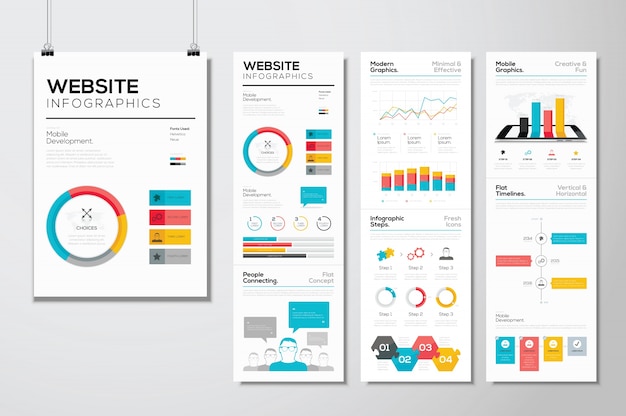The Advancement Of Web Site Style: From Past To Existing
The Advancement Of Web Site Style: From Past To Existing
Blog Article
Web Content Writer-Bradshaw Lunde
In the past, web sites were straightforward and concentrated on information. Navigation was direct, and style was for desktops. Now, customer experience is vital. Data guides styles for simple navigation. Responsive designs fit different devices. Today, dark setting decreases stress, and minimalist food selections enhance navigating. Interactive features involve individuals, and strong visuals attract attention. AI integration enhances interaction. See exactly how design has progressed to improve your on the internet trip.
Very Early Days of Website Design
In the very early days of web design, simpleness preponderated. Websites were basic, with limited shades, typefaces, and layouts. The emphasis was on providing information as opposed to showy visuals. Users accessed the net via sluggish dial-up links, so speed and performance were key.
Navigation food selections were straightforward, normally situated on top or side of the page. Internet sites were created for computer, as mobile browsing had not been yet common. Material was king, and developers focused on simple readability over complex design aspects.
HTML was the primary coding language utilized, and designers had to function within its restraints. Computer animations and interactive functions were minimal contrasted to today's requirements. Web sites were static, with little dynamic web content or tailored individual experiences.
Surge of User-Focused Layout
With the evolution of site style, a change towards user-focused layout principles has actually ended up being progressively noticeable. Today, creating sites that focus on customer experience is important for involving visitors and achieving business objectives. User-focused layout entails understanding the requirements, choices, and behaviors of your target market to customize the internet site's format, material, and features accordingly.
Developers currently conduct complete research, such as customer surveys and functionality testing, to gather insights and comments straight from users. This data-driven method helps in developing intuitive navigation, clear calls-to-action, and visually enticing user interfaces that reverberate with visitors. By positioning the customer at the center of the design process, internet sites can deliver an extra customized and pleasurable experience.
Receptive design has actually likewise emerged as an essential facet of user-focused style, guaranteeing that internet sites are enhanced for different gadgets and display sizes. This versatility improves availability and use, dealing with the diverse ways users communicate with web sites today. Basically, the surge of user-focused design signifies a shift in the direction of developing digital experiences that prioritize the needs and expectations of completion customer.
Modern Trends in Website Design
Check out the most up to date fads forming web design today. One famous trend is dark setting layout, offering a sleek and modern-day appearance while decreasing eye stress in low-light atmospheres. Another key trend is minimal navigating, streamlining menus and boosting individual experience by concentrating on essential elements. Incorporating micro-interactions, such as computer animated switches or scrolling effects, can produce a more appealing and interactive site. Receptive style continues to be vital, guaranteeing smooth individual experiences throughout different devices. Additionally, utilizing vibrant typography and asymmetrical layouts can add visual passion and draw attention to specific web content.
Incorporating AI technology, like chatbots for customer support or personalized recommendations, improves user involvement and streamlines procedures. Accessibility has also become a substantial pattern, with designers focusing on inclusive layout techniques to accommodate diverse individual demands. Embracing sustainability by enhancing site efficiency for speed and effectiveness is another arising fad in web design. Working together with https://www.natlawreview.com/article/law-firm-marketing-mid-year-best-practices-to-boost-roi and data analytics to iterate and improve style continually is crucial for remaining relevant in the ever-evolving electronic landscape. By accepting these modern fads, you can create a visually enticing, easy to use web site that resonates with your target market.
Verdict
As you assess the advancement of internet site design from the very early days to currently, you can see just how user-focused layout has come to be the driving force behind contemporary patterns.
Embrace the journey of modification and adjustment in web design, always maintaining the user experience at the leading edge.
Keep existing with the most up to date fads and modern technologies, and never ever stop progressing your strategy to produce aesthetically sensational and user-friendly web sites.
Advance, adapt, and develop - the future of web design is in your hands.
